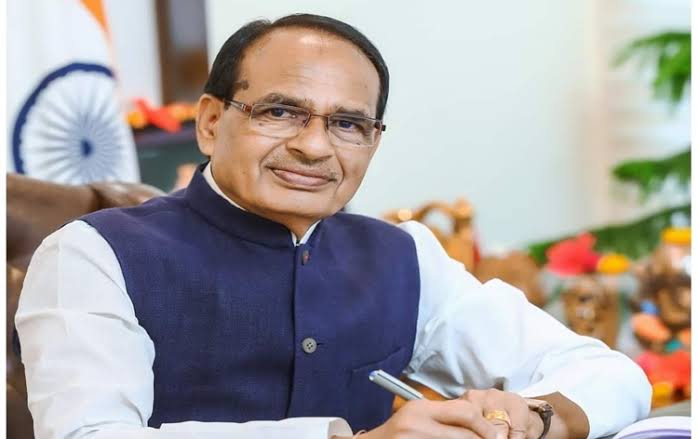Odisha’s Millet Model to Go National, Says Union Agriculture Minister

State’s MSP procurement, processing push, and farmer-centric support place Odisha at the forefront of a lucrative Shree Anna economy
Bhubaneswar : Odisha’s millet movement—already celebrated as a social and nutritional success—is increasingly proving to be a profit-driven model for farmers, earning high praise from Union Agriculture and Farmers’ Welfare Minister Shivraj Singh Chouhan. Speaking at the Mandia Dibasa (Millet Day) celebration at Lok Seva Bhawan, Chouhan said Odisha has “shown the direction to the nation” by turning millets into an economically viable crop that uplifts small and women farmers.
The Union Minister emphasised that Odisha’s approach—combining cultivation incentives, assured procurement, and a strong focus on processing—has built a sustainable value chain that delivers real financial benefits. By purchasing millets at Minimum Support Price (MSP), a practice unique among Indian states, Odisha has provided farmers with income security and market stability. This MSP assurance is helping more growers transition to millets, reducing their dependence on unpredictable markets and climatic risks.
Chouhan highlighted that processing remains the most crucial link for generating profit. Odisha’s investments in millet processing units, de-hulling machines, community seed centres, and women-led value-addition clusters have created new income streams across rural areas. “Odisha has shown the nation how millet can be both nutritious and profitable,” he said, urging scientists to focus on technology that improves market value and reduces post-harvest losses.
The profitability of Odisha’s millet ecosystem is further strengthened by the state’s push to integrate millets into institutional nutrition schemes. The Union Minister recommended expanding this model by including millets in mid-day meals and opening millet-based food outlets in government departments. With fixed institutional demand, farmers receive consistent returns, making millet cultivation a reliable economic activity rather than a marginal crop.
Chief Minister Mohan Charan Majhi noted that farming remains the backbone of Odisha’s economy, and the Millet Mission has allowed small, marginal, and women farmers to progress with dignity and financial stability. By expanding millet cultivation across districts and supporting farmers with subsidies, training, and market linkages, Odisha is steadily building a profitable rural enterprise around Shree Anna.
Women’s participation has been central to this growth. Chouhan and state leaders lauded women farmers and self-help groups who are conserving traditional seeds, producing value-added millet foods, and driving local micro-enterprises. Their involvement has enhanced household incomes and strengthened community-level food security.
The event saw participation from global and national agricultural experts, including International Rice Research Institute (IRRI) director general Yvonne Pinto, MS Swaminathan Research Foundation chairperson Soumya Swaminathan, and World Food Programme country director Elisabeth Faure—all of whom acknowledged Odisha’s leadership in demonstrating how a climate-resilient crop can generate widespread economic returns.
As Odisha continues to scale its Millet Mission with a profitability-first approach, the state is emerging not only as a nutrition champion but also as a model for rural economic transformation. With strong policy support and rising demand for healthy grains, Odisha’s millet-driven growth promises to deliver long-term income stability for farmers and serve as a blueprint for agricultural innovation across India.









